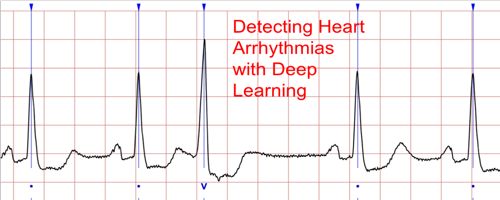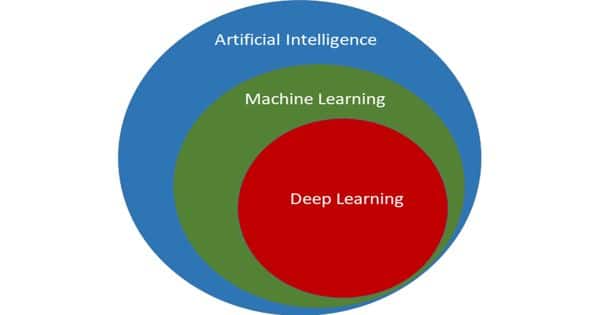Machine Learning Helps to detect the Most Common Cardiac Arrhythmia
Cardiac arrhythmias, particularly atrial fibrillation (AF), are a major global healthcare challenge in the developed world. Researchers from Skoltech and their US colleagues have designed a new machine learning-based approach for detecting atrial fibrillation drivers, small patches of the heart muscle that are hypothesized to cause this most common type of cardiac arrhythmia. Arrhythmias describe the abnormal and self-perpetuating propagation of action potentials (AP) within the myocardium. Their initiation and maintenance are incompletely understood and this has hindered the development of effective and reliable therapy. The recent paper was published in the journal Circulation: Arrhythmia and Electrophysiology.
“Techniques involving the targeting of complex fractionated atrial electrograms, high dominant frequency, and singularities identified during phase mapping have each been used as strategies for terminating arrhythmias.”
Cardiac arrhythmias, particularly atrial fibrillation, are a major global healthcare challenge. The mechanism behind atrial fibrillation (AF), a type of abnormal heart rhythm that is associated with increased risk of heart failure and stroke, is yet unclear. Techniques involving the targeting of complex fractionated atrial electrograms, high dominant frequency, and singularities identified during phase mapping have each been used as strategies for terminating arrhythmias. Research suggests it may be caused and maintained by what’s called reentrant AF drivers, highly localized sources of repetitive rotational activity that lead to irregular heart rhythm. Treatment is often through catheter ablation, which involves the targeted localized destruction of regions of the myocardium responsible for initiating or perpetuating the arrhythmia. These drivers can be burnt via a surgical procedure, which can mitigate the condition or even restore the normal functioning of the heart.

Machine learning techniques, including recent deep-learning approaches, offer a potential route to gaining new insight from this wealth of highly complex Spatio-temporal information that existing methods struggle to analyze. To locate these reentrant AF drivers for subsequent destruction, doctors use multi-electrode mapping, a technique that allows them to record multiple electrograms inside the heart (this is done with a catheter) and build a map of electrical activity within the atria. The electrogram, therefore, provides a wealth of information that is rarely fully utilized in current clinical practice. However, clinical applications of this technique often produce a lot of false negatives, when an existing AF driver is not found, and false positives, when a driver is detected where there really is none.
Recently, researchers have tapped machine learning algorithms for the task of interpreting ECGs to look for atrial fibrillation; however, these algorithms require labeled data with the true location of the driver, and the accuracy of multi-electrode mapping is insufficient.
“NIOM is based on well-penetrating infrared optical signals and therefore can record the electrical activity from within the heart muscle, whereas conventional clinical electrodes can only measure the signals on the surface. Add to this trait the excellent optical resolution, and the optical mapping becomes a no-brainer modality if you want to visualize and understand the electrical signal propagation through the heart tissue,” says Dmitry Dylov.
The team tested their approach on eleven explanted human hearts, all donated posthumously for research purposes. Researchers performed the simultaneous optical and multi-electrode mapping of AF episodes induced in the hearts. Changes in the normal rhythm of a human heart may result in different cardiac arrhythmias, which may be immediately fatal or cause irreparable damage to the heart sustained over long periods of time. The ability to automatically identify arrhythmias from ECG recordings is important for clinical diagnosis and treatment.
Artificial intelligence (AI) and machine learning (ML) in medicine are currently areas of intense exploration, showing the potential to automate human tasks and even perform tasks beyond human capabilities. Recent advances in deep learning make it possible to perform automatic high-level feature extraction and classification. Therefore, deep learning approaches have gained interest in arrhythmia detection. Literacy and understanding of AI/ML methods are becoming increasingly important to researchers and clinicians.
















